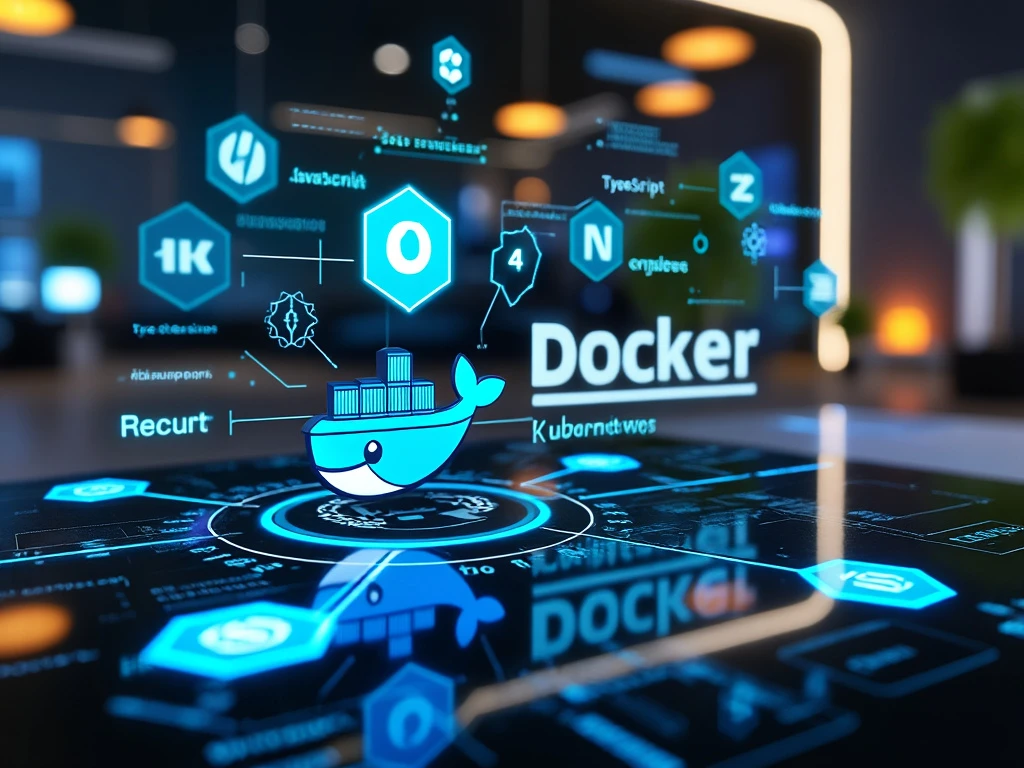Understanding the basics of Docker and Kubernetes
Docker and Kubernetes have revolutionized the way developers approach software deployment and management. Docker, a platform for developing, shipping, and running applications, allows developers to package applications into containers—lightweight, standalone, executable packages that include everything needed to run a piece of software. This containerization ensures that applications run consistently across different computing environments, from development to testing to production.
On the other hand, Kubernetes, often referred to as K8S, is an open-source platform designed to automate the deployment, scaling, and operation of application containers. It orchestrates the containers, making sure the right resources are allocated and the applications run efficiently. Both Docker and Kubernetes contribute significantly to modern software development practices by providing reliability and scalability, which are crucial for today’s fast-paced development cycles.
The benefits of using Docker and Kubernetes in deployment
Using Docker and Kubernetes in application deployment offers numerous benefits, making them indispensable tools for developers. One of the primary advantages is scalability. Kubernetes’ orchestration capabilities allow for seamless scaling of applications, whether increasing or decreasing resources as needed, ensuring that applications can handle varying loads efficiently.
Additionally, these technologies provide unparalleled flexibility. Developers can work in isolated environments and deploy applications across multiple platforms without worrying about compatibility issues. This flexibility, coupled with Docker’s efficiency in resource utilization, enhances productivity and streamlines development workflows. By embracing Docker and Kubernetes, development teams can focus more on innovation and less on operational hurdles, leading to faster delivery of high-quality applications.
How Mostikov Dev leverages Docker and Kubernetes
At Mostikov Dev, we harness the power of Docker and Kubernetes to optimize our software development processes. Our team utilizes Docker to ensure that our applications are packaged with all necessary dependencies, which guarantees consistent performance across different environments. This approach minimizes deployment failures and reduces the time spent on troubleshooting environment-related issues.
Kubernetes plays a key role in our strategy by managing our containerized applications and automating resource allocation. This automation allows us to maintain high availability and reliability for our clients’ applications. Mostikov Dev’s innovative solutions are a testament to our expertise in leveraging these technologies to deliver robust, scalable, and efficient software systems. By integrating Docker and Kubernetes into our workflows, we ensure that our clients receive cutting-edge solutions that meet their business needs.
Dev lifehacks for mastering Docker and Kubernetes
For developers looking to master Docker and Kubernetes, embracing certain lifehacks can significantly enhance productivity. One practical tip is to start small by setting up a local environment to experiment with Docker. This hands-on experience will help developers gain a deeper understanding of containerization principles and how Docker images and containers work.
When it comes to Kubernetes, utilizing tools like Minikube or Kind can simulate a Kubernetes cluster locally, providing a sandbox environment to practice deployment and scaling strategies. Additionally, familiarizing oneself with Kubernetes’ declarative configuration files and mastering command-line tools such as kubectl will streamline workflows and enhance operational efficiency. At Mostikov Dev, we encourage continuous learning and experimentation, empowering developers to stay ahead in the rapidly evolving field of software development.
Future trends in containerization and orchestration
The future of containerization and orchestration is poised for exciting advancements. One emerging trend is the rise of serverless computing, which is expected to complement containerized applications by further abstracting infrastructure management. This approach allows developers to focus solely on code and logic, leaving the orchestration of resources to platforms like Kubernetes.
Another trend is the increasing integration of artificial intelligence and machine learning into container orchestration. AI-driven automation can optimize resource allocation and predict potential failures, enhancing application performance and reliability. At Mostikov Dev, we remain at the forefront of these innovations, continuously exploring new technologies to incorporate into our development practices. By staying informed and adaptable, we ensure that our solutions remain cutting-edge and future-proof, meeting the evolving demands of the software development industry.
